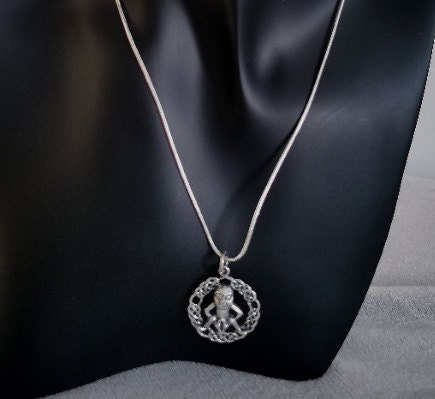The term "Sheela na Gig" is believed to have Irish origins, though its exact etymology is unclear. Some suggest it may mean "old woman on her hunkers" or "hag of the breasts," while others think it could be derived from more ancient linguistic roots. The carvings themselves are mostly found in Ireland and Britain, but similar figures have been discovered in parts of Spain, France, and Germany, indicating a broader European connection.Most Sheela na Gigs date back to the 11th to 16th centuries, though some may be older. They are typically located on churches, abbeys, and castles, often placed above doorways or near windows. Their positioning suggests they served a protective role, perhaps warding off evil spirits or ensuring fertility and prosperity. However, their starkly erotic imagery is unusual in Christian architecture, making them stand out as unique historical artifacts.
The interpretation of Sheela na Gigs has been a subject of intense scholarly debate. Over the centuries, different theories have emerged, each attempting to explain the purpose and symbolism of these figures.
One of the most popular theories is that Sheela na Gigs represent fertility. Their exaggerated vulvas could symbolize childbirth and the power of reproduction. This idea aligns with ancient goddess-worship traditions, where female figures were revered for their life-giving abilities. Some researchers suggest that Sheela na Gigs were remnants of pre-Christian fertility rites, later absorbed into medieval Christian culture.
Another widespread belief is that Sheela na Gigs served as protective symbols. Their grotesque and exaggerated forms may have been used to scare away evil spirits, much like gargoyles on cathedrals. In some cultures, exposing genitalia was thought to repel malevolent forces, and the Sheela na Gig’s display of her body could have been a powerful defense mechanism. This theory is supported by their placement on church walls, castle gates, and bridges—important structures that needed protection from both physical and supernatural threats.
Christianity has a long history of using visual imagery to convey moral lessons, and some scholars argue that Sheela na Gigs were meant to warn against the dangers of lust and sinful behavior. Their exaggerated nudity might have been a way to illustrate the consequences of sexual temptation. However, this theory is debated because Sheela na Gigs do not appear in traditional Christian iconography, and their presence on churches seems counterintuitive if they were meant to be purely negative symbols.
In Irish mythology, the Cailleach is an ancient hag goddess associated with wisdom, creation, and destruction. Some scholars believe Sheela na Gigs could be linked to this powerful feminine figure, representing both the cycle of life and the wild, untamed aspects of nature. This interpretation suggests that Sheela na Gigs were not just protective figures but also reminders of the sacred feminine, balancing both life-giving and destructive forces.
Sheela na Gigs have captured the imagination of artists, feminists, and historians alike. In Irish folklore, some Sheela na Gig carvings were thought to bring good luck and fertility to women who touched them. Others were associated with protection during childbirth, and some were even believed to cure illnesses.In modern times, Sheela na Gigs have been reclaimed as feminist symbols, representing female empowerment and the rejection of societal shame around women’s bodies. Their unapologetic display of female anatomy challenges contemporary notions of modesty and body image, making them powerful icons for gender discussions.
Artists and musicians have also drawn inspiration from Sheela na Gigs. British singer-songwriter PJ Harvey released a song titled "Sheela-Na-Gig," highlighting themes of female power and societal expectations. Sculptors and painters have reimagined the figures in new forms, celebrating their mysterious and provocative nature.
Despite their historical and cultural significance, many Sheela na Gigs have been lost or destroyed over time. Some were deliberately removed from churches during the Reformation, as their nudity was seen as inappropriate. Others have simply eroded due to weather and neglect. Efforts to preserve the remaining carvings have increased in recent years, with historians and conservationists documenting and restoring them to ensure they are not lost to history.In some cases, the presence of Sheela na Gigs has sparked controversy, especially in religious settings. Some church officials have viewed them as inappropriate, while others acknowledge their historical value. The debate over their meaning and purpose continues, reflecting broader discussions about sexuality, religion, and cultural heritage.


